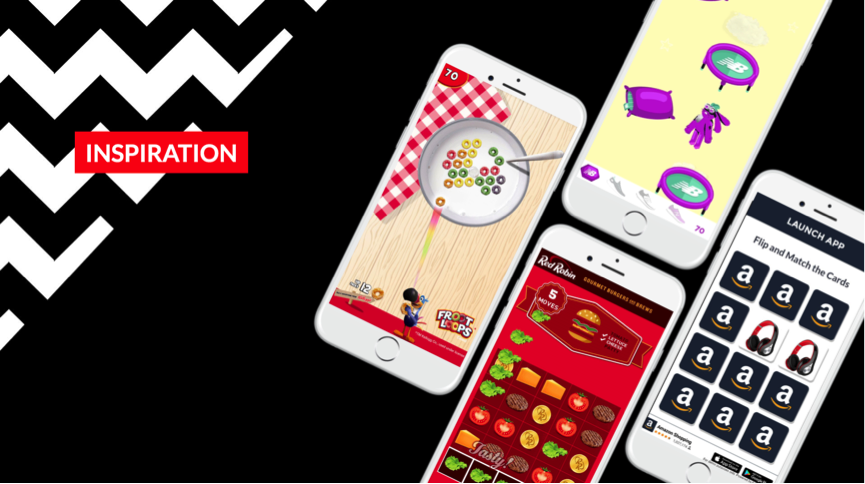It can’t be that hard. Can it? I’ll take you through the process I use to design an infographic or visualisation and highlight some of the key elements and stages in the process. Throughout this guide I’ll include imagery from an infographic for thetrainline.com for illustrative purposes.
The Process for Infographic Design
Hierarchy of Content

The first thing to do with any infographic is analyse the raw data. It’s best to get an idea for what information is most key to the message you’ve been asked to convey. Whether this be a particular statistic to visualise or a key quote or fact.
It’s often the case that the rest of the content can take pointers from the way you style this first, most important, piece of information.
Visual Storytelling
Once you have the main infographic title and introduction and pieces of data it’s time to work out how to thread it all together.
It’s best to try and spread the main messages throughout the piece, to draw the user through all of the content, assumably with some sort of ‘Call to Action’ at the conclusion of the infographic.
It’s good to try and tell the story with the specific data provided. If it uses the progress of time then a good way is to move the user through the infographic design with something like a timeline. Another example could be to scale the data, starting locally or small-scale and gradually moving through to a worldwide view of the situation you’re visualising. The key is to think imaginatively with the information you’re provided and what you know of the subject. This can really help to create a compelling graphic.
Grid and Structure

Once you’ve got an idea for the order of your content it’s best to optimise your infographic design for readability, format and all the other elements that can impact how your graphic will be read.
Will your infographic be portrait or landscape? Suitable for print or just produced for the web? For example, web users are more than happy to scroll vertically, as this is the most basic interaction on apps and websites. However, a printed infographic won’t necessarily read too well in a vertically stretched format. It’s best to get information from your client or data analyst on how they’ll use the graphic as soon as possible, as it can really influence how the final piece will be structured.
Once your canvas’ aspect ratio has been set, you can lay down a grid. This serves the purpose of balancing and aligning all your content, as well as perfecting readability of your lines of text and graphics. The grid can also be determined by the data itself.
If you have information best portrayed by 3 bar charts, for example, then consider a 3-column grid structure. You have the freedom to establish a grid that will both enhance the data you are visualising and create good legibility and a nicely structured, clean look.
Fonts, Colour Schemes and Brand Elements
You will often be provided with all the relevant brand details, colour schemes and assets as a basis for the design. This is a great place to start when considering what visual direction to take the infographic in. How far they will be willing to stretch their design guide will be up to your client. Where there is a guide for how to present illustrations and graphics it’s best to start creating some elements relevant to the topic, as these can be used to establish a style for the remainder of the imagery and data visualisations you create. If you have more freedom on the graphics to use, start thinking what styles will fit in with both the brands direction and the topics tone and mood.
Colour is a great way to pull out information, however, it shouldn’t detract from legibility, ensuring good contrast. See if there’s a way to use muted notes from a clients colour scheme throughout your design, accenting with a bolder note where more important data can be accented.
I’ll often come up with a piece of imagery for the piece of information or data that I picked up as being ‘key’ earlier on in the infographic design process. This is especially useful as you can provide early development to your client and give them a feel for the direction the infographic is headed in. If they don’t like it, you won’t have wasted too much time and effort, and you’ll have ascertained how they’re feeling the graphic could look.
Imagery & Illustrations

Try and come up with a consistent set of images in the infographic. Look at all of the data before settling on a style, as some information is not easily visualised with the wrong style. Imagery can vary from simple linework iconography to digitally painted, realistic illustration. Besides doing what you are most proud of as a designer, consider that a data set can benefit from a more appropriate style of imagery.
You can also consider the tone of the piece and use this to establish the style you’ll proceed with. Is it humorous or more demure? Along with colour scheme, illustration style can enhance that theme excellently.
Data Visualisations
Arguably, the most important element for most infographic design considerations- data visualisation- shouldn’t be viewed as just graphs and charts. They should be used as a great way to continue to tie the graphic together. These should tie into your illustration style and where possible seamlessly integrate with them. E.g. is it an infographic about fishing quotas? Find ways to represent datas in the form of fish and nets.
Reviewing Your Infographic Design
Finally , time permitting, step away from your infographic and come back to it with fresh eyes. There are a few things to consider:
- Is the structure clear? Does the overarching story of the infographic shine through? Do all elements adhere to a clear, consistent grid?
- Have the key points and data been allowed to shine? This can be through use of bolder text, larger imagery, contrasting colour schemes, or just more space than the rest of the content in the graphic.
- Is the look and feel consistent? Have you established a set of stylistic rules and have you stuck to them? Are all subtitles the same colour and font size? Are the images and illustrations within the same style?
- Does the infographic achieve what is asked of it? This is probably the main point, does the infographic get it’s message across? This can be the general theme or a specific Call to Action.




